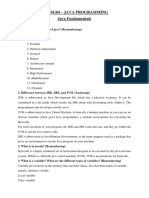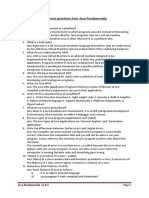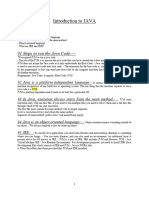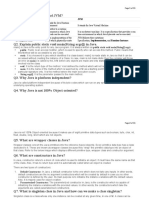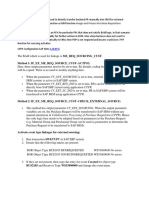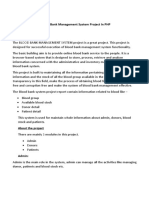0% found this document useful (0 votes)
12 views11 pagesUnit 1
The document is a question bank for a Java programming course, covering fundamental concepts such as features of Java, differences between JDK, JRE, and JVM, data types, variables, operators, type conversion, flow control statements, and object-oriented programming principles. It includes both theoretical questions and practical coding exercises to reinforce learning. Additionally, it outlines the structure of Java classes, methods, constructors, encapsulation, and access control.
Uploaded by
Vigneshkumar PonnusamyCopyright
© © All Rights Reserved
We take content rights seriously. If you suspect this is your content, claim it here.
Available Formats
Download as PDF, TXT or read online on Scribd
0% found this document useful (0 votes)
12 views11 pagesUnit 1
The document is a question bank for a Java programming course, covering fundamental concepts such as features of Java, differences between JDK, JRE, and JVM, data types, variables, operators, type conversion, flow control statements, and object-oriented programming principles. It includes both theoretical questions and practical coding exercises to reinforce learning. Additionally, it outlines the structure of Java classes, methods, constructors, encapsulation, and access control.
Uploaded by
Vigneshkumar PonnusamyCopyright
© © All Rights Reserved
We take content rights seriously. If you suspect this is your content, claim it here.
Available Formats
Download as PDF, TXT or read online on Scribd
/ 11











